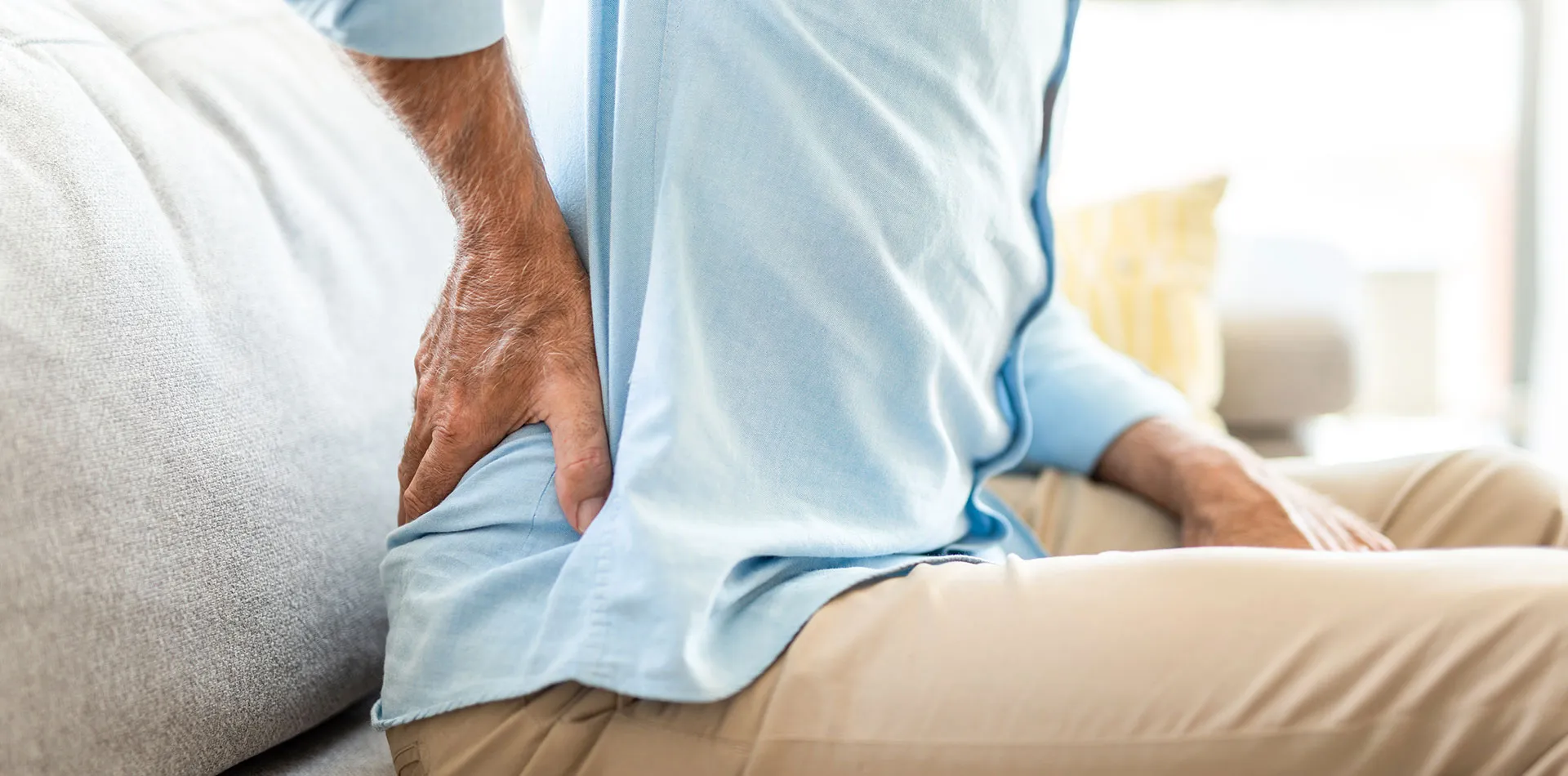
Back pain, an uncomfortable and debilitating condition, affects people of different ages and is the main reason for disability worldwide.
There are different ways to curb and relieve most back pain occurrences. When prevention fails, simple home remedies and proper body mechanics can cure the back in some weeks and recover its functionality.
Surgery is rarely required for curing back pain.
Back pain can be like a muscle aching to a shooting, burning or stabbing experience. Sometimes, this pain may spread down to the leg, causing difficulty in bending, twisting, lifting, standing or walking.
Home treatment and self-care can heal most back pain problems, gradually improving the condition within a few weeks. You must consult the doctor if back pain:
• Persists for the past few weeks
• Worsens and doesn't heal with rest
• Extends and spreads down to one or both legs below the knee
• Results in weakness, numbness or tingling in one or both legs
• Follows an unexplained weight loss
In some rare cases, back pain may flag a severe medical condition. When back pain follows a fever, causes new bowel or bladder problems, or leads to a fall, blow to the back or other injuries, consult the doctor immediately.
Back pain usually happens without reason, but your doctor can examine and diagnose the cause. Typically back pain is associated with:
• Muscle or ligament strain: Caused by lifting heavy weights or having a sudden inconvenient movement that strains back muscles and spinal ligaments. Your weak physical condition and continuous pressure on your back may lead to muscle spasms.
• Bulging or ruptured disks: The disks serve as cushions for the bones (vertebrae) in the spine. However, the soft substance inside a disk may sometimes protrude, tear, break and press on a nerve, and happen without back pain. This type of disk condition is usually accidentally detected when a doctor does spine X-rays to examine some other medical condition.
• Arthritis: Osteoarthritis affects the lower back. Sometimes, arthritis in the spine may narrow the space around the spinal cord, leading to a condition known as spinal stenosis.
• Osteoporosis: When bones are porous and brittle, the spine's vertebrae may have painful fractures.
People of all ages can develop back pain, including children and teens, but those that have a greater risk are as follows:
• People as they get older, starting from age 30 or 40.
• Those with a lack of exercise, weak, unused muscles in your back and abdomen causes back pain.
• People with excess body weight that places extra pressure on your back.
• Other diseases like a few types of arthritis and cancer may cause back pain.
• Improper lifting bending where one uses the back instead of legs to do a task can lead to back pain.
• When people are prone to depression and anxiety, they have a higher risk of back pain.
• Smoking raises the risk of back pain because it prompts more coughing, leading to herniated disks. Smoking may lessen the blood flow to the spine and increasing the risk of osteoporosis.
Improved physical condition, performing exercise and activities using proper body mechanics can avoid and prevent back pain.
Keep your back strong and sound with:
• Exercise: Practice regular low-impact aerobic activities that don't strain or jolt the back and increase strength and endurance. It will enable the muscles to function better. Few good choices include walking and swimming; your doctor will advise you further on this.
• Build muscle strength and suppleness: Abdominal and back muscle exercises strengthen the core and support these muscles to function together like a natural corset for your back.
• Maintain a healthy weight: Overweight may strains back muscles; therefore, reducing weight can help prevent back pain.
• Quit smoking: Smoking raises the risk of low back pain, so quitting will help limit the risk.
Avoid actions that cause twists or strains the back, use proper techniques to perform regular tasks:
• Stand smart without slouching. When standing for a longer time, put one foot on a low footstool as this reduces the load off your lower back. Do change the foot as well; a good posture will lessen the stress on back muscles.
• Select a seat that provides good lower back support, armrests and a swivel base. Putting a pillow or rolled towel in the small of your back helps in maintaining its natural curve.
• Avoid lifting heavy things, and when you do, put your legs to do the work. Keep the back straight without twisting and bend only at the knees. Find someone to help you when lifting objects that are heavy or awkward.
Patient Experience